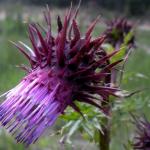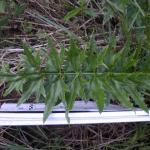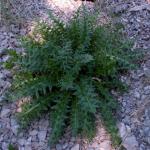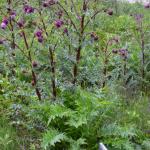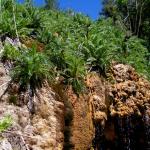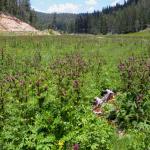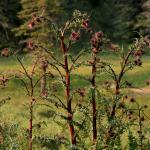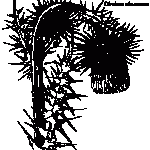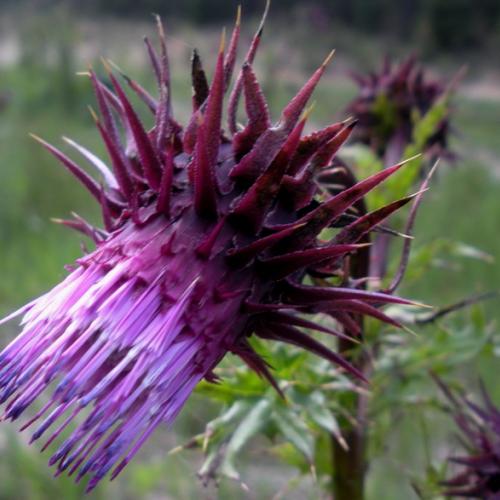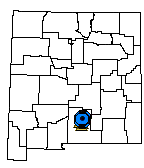Cirsium vinaceum (Sacramento Mountains Thistle)
| USFWS | State of NM | USFS | BLM | Navajo Nation | State Rank | Global Rank | R-E-D Code | NMRPTC Status | Strategy Status |
|---|---|---|---|---|---|---|---|---|---|
| LT | E | S1 | G1 | 2-2-3 | R | SS |
| Overall Conservation Status | Documented Threats | Actions Needed |
|---|---|---|
| WEAKLY CONSERVED | Water management/use, Livestock ranching/farming |
Habitat protection, population trend monitoring, threat monitoring, pest control |
*New Mexico Native Plants Protection Advisory Committee. 1984. A handbook of rare and endemic plants of New Mexico. University of New Mexico Press, Albuquerque.
*U.S. Fish and Wildlife Service. 1993. Sacramento Mountains thistle (Cirsium vinaceum) recovery plan. U.S. Fish and Wildlife Service, New Mexico Ecological Services Field Office, Albuquerque, New Mexico.
Wooton, E.O. and P.C. Standley. 1915. Flora of New Mexico. Contributions from the U.S. National Herbarium 19:1-794.
Wooton, E.O. and P.C. Standley. 1913. Descriptions of new plants preliminary to a report upon the flora of New Mexico. Contributions from the U.S. National Herbarium 16:109-196.
Roth, D. 2013. Status Report - Cirsium vinaceum (Sacramento Mountains thistle). Unpublished report prepared by EMNRD - Forestry Division, Santa Fe, NM, for the USFWS, Region 2, Albuquerque, NM (Section 6, Segment 27).
Sivinski, R.C. 2016. New Mexico thistle identification guide. Prepared for the Native Plant Society of New Mexico, Albuquerque. Available at: https://www.npsnm.org/education/thistle-identification-booklet/
For distribution maps and more information, visit Natural Heritage New Mexico


